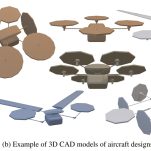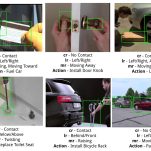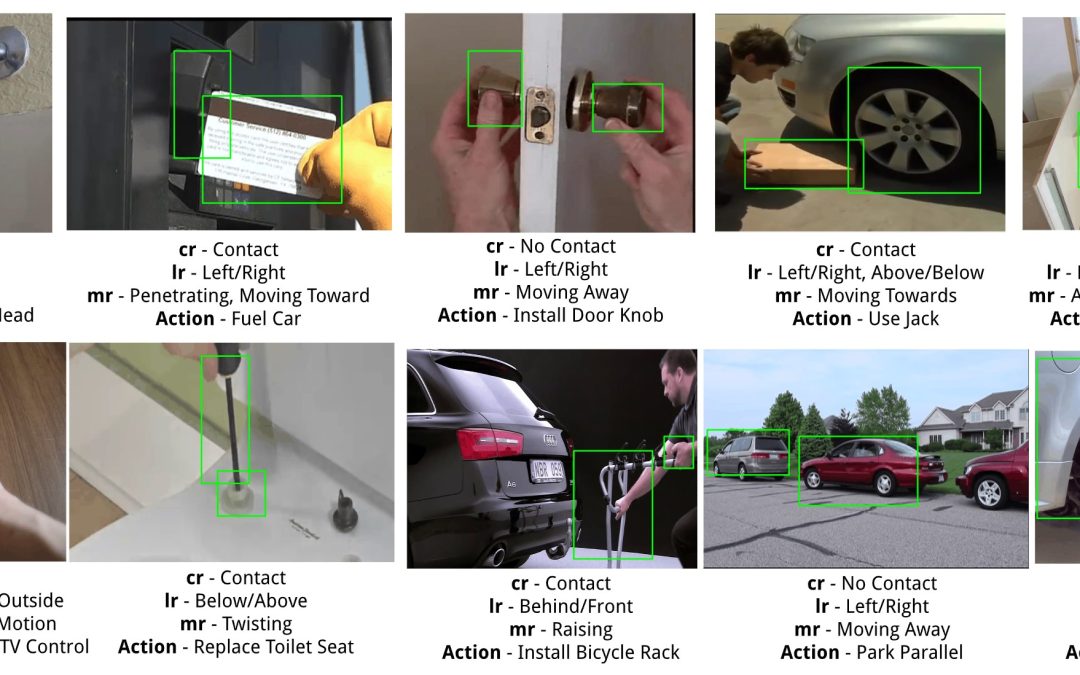
by Asim Unmesh | Nov 2, 2023 | 2023, Asim Unmesh, Featured Publications, Karthik Ramani, Publications, Recent Publications
Interacting Objects: A dataset of object-object interactions for richer dynamic scene representations Asim Unmesh, Rahul Jain, Jingyu Shi, V. K. Chaithanya Manam, Hyung-Gun Chi, Subramanian Chidambaram, Alexander J. Quinn, Karthik Ramani IEEE Robotics and Automation...
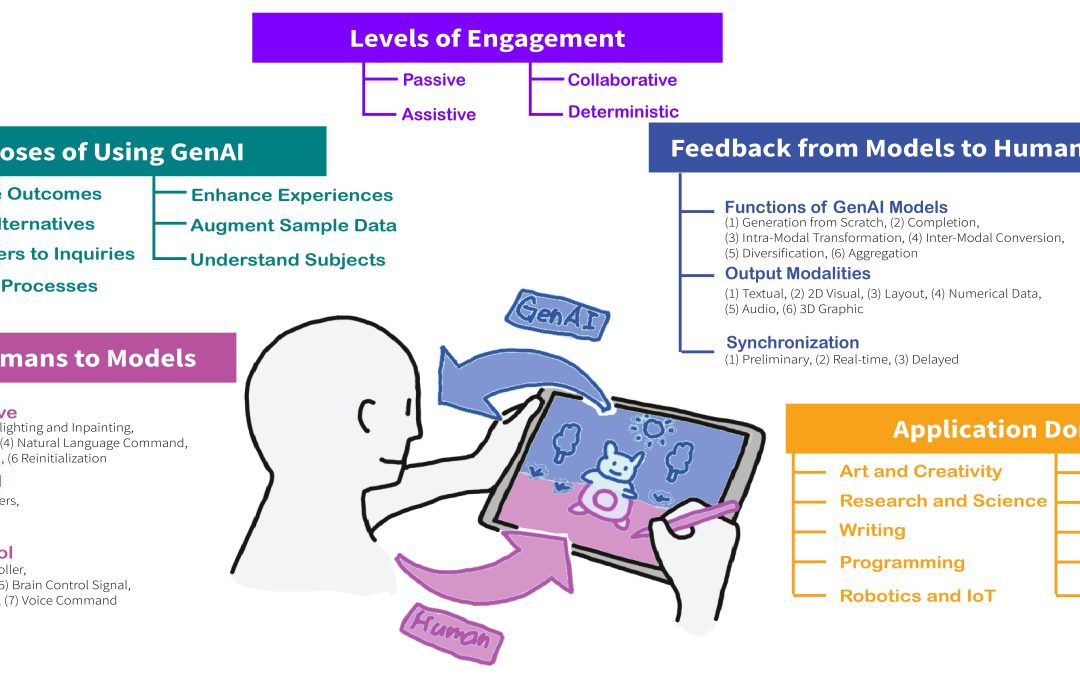
by Jingyu Shi | Oct 18, 2023 | 2023, Featured Publications, Hyungjun Doh, Jingyu Shi, Karthik Ramani, Publications, Rahul Jain, Recent Publications
Generative AI (GenAI) has shown remarkable capabilities in generating diverse and realistic content across different formats like images, videos, and text. In Generative AI, human involvement is essential, thus HCI literature has investigated how to effectively create...
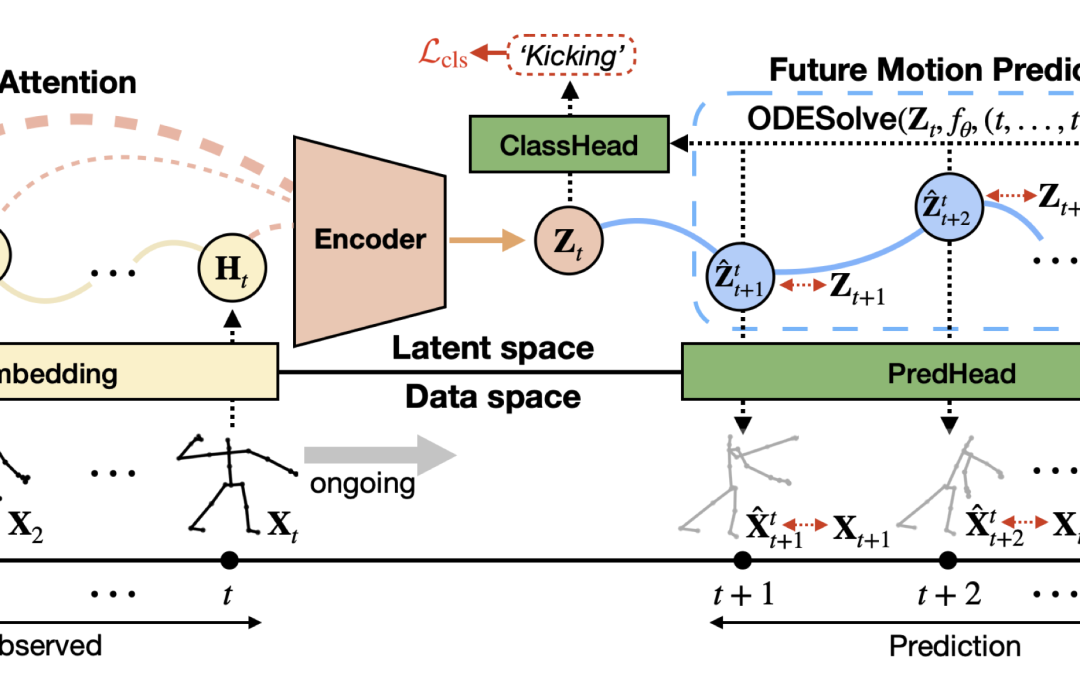
by Seunggeun Chi | Oct 18, 2023 | 2023, Hyunggun Chi, Karthik Ramani, Publications, Recent Publications, Seunggeun Chi
Skeleton-based action recognition has made significant advancements recently, with models like InfoGCN showcasing remarkable accuracy. However, these models exhibit a key limitation: they necessitate complete action observation prior to classification, which...
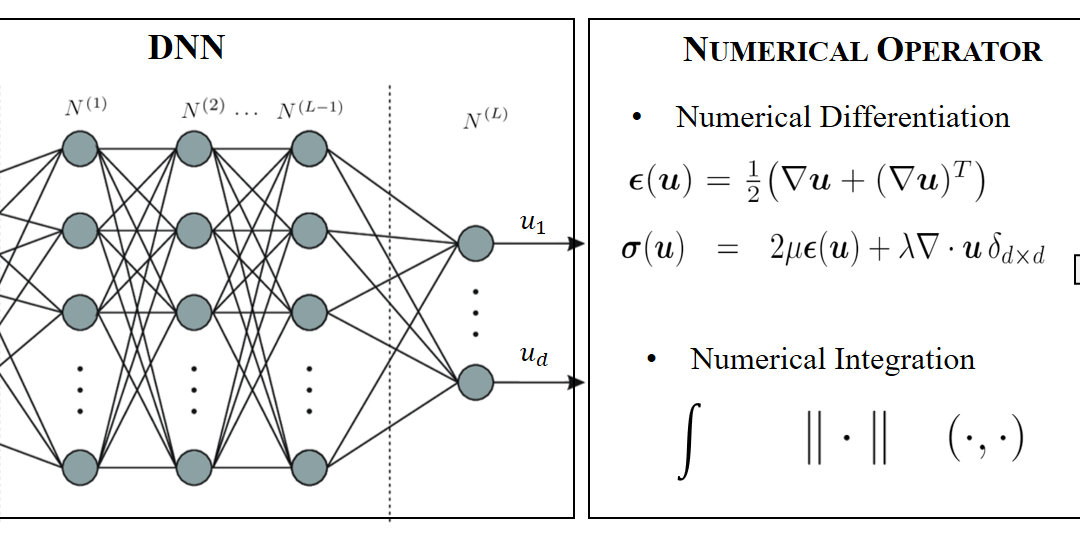
by Min Liu | Oct 17, 2023 | 2023, Karthik Ramani, Min Liu, Publications, Recent Publications
In this paper, we study the deep Ritz method for solving the linear elasticity equation from a numerical analysis perspective. A modified Ritz formulation using the H1/2(ΓD) norm is introduced and analyzed for linear elasticity equation in order to deal with the...
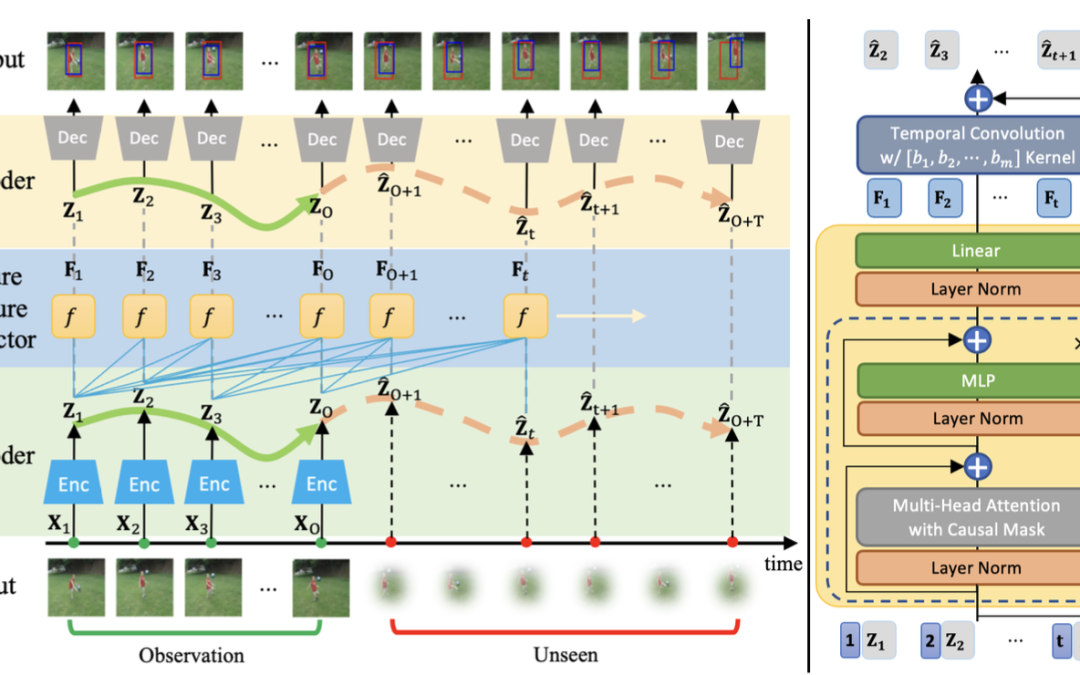
by Hyung-gun Chi | Oct 16, 2023 | 2023, Featured Publications, Hyunggun Chi, Karthik Ramani, Publications, Recent Publications
Predicting future action locations is vital for applications like human-robot collaboration. While some computer vision tasks have made progress in predicting human actions, accurately localizing these actions in future frames remains an area with room for...
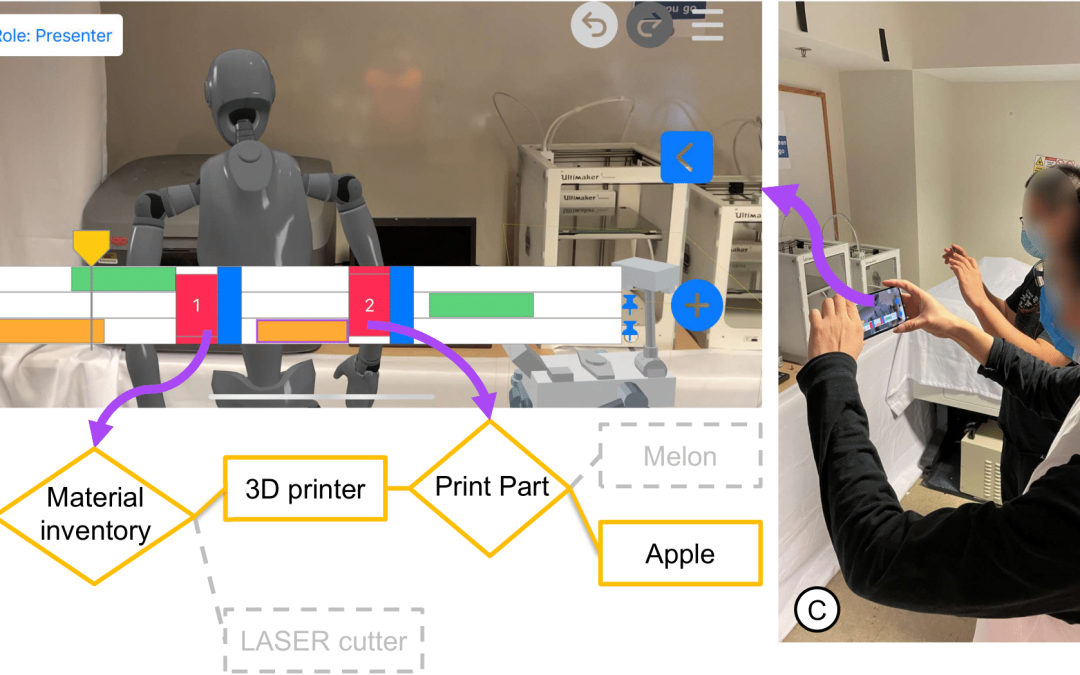
by Ananya Ipsita | Oct 16, 2023 | 2023, Ananya Ipsita, Karthik Ramani, Publications, Recent Publications
Prototyping use cases for Augmented Reality (AR) applications can be beneficial to elicit the functional requirements of the features early-on, to drive the subsequent development in a goal-oriented manner. Doing so would require designers to identify the...








